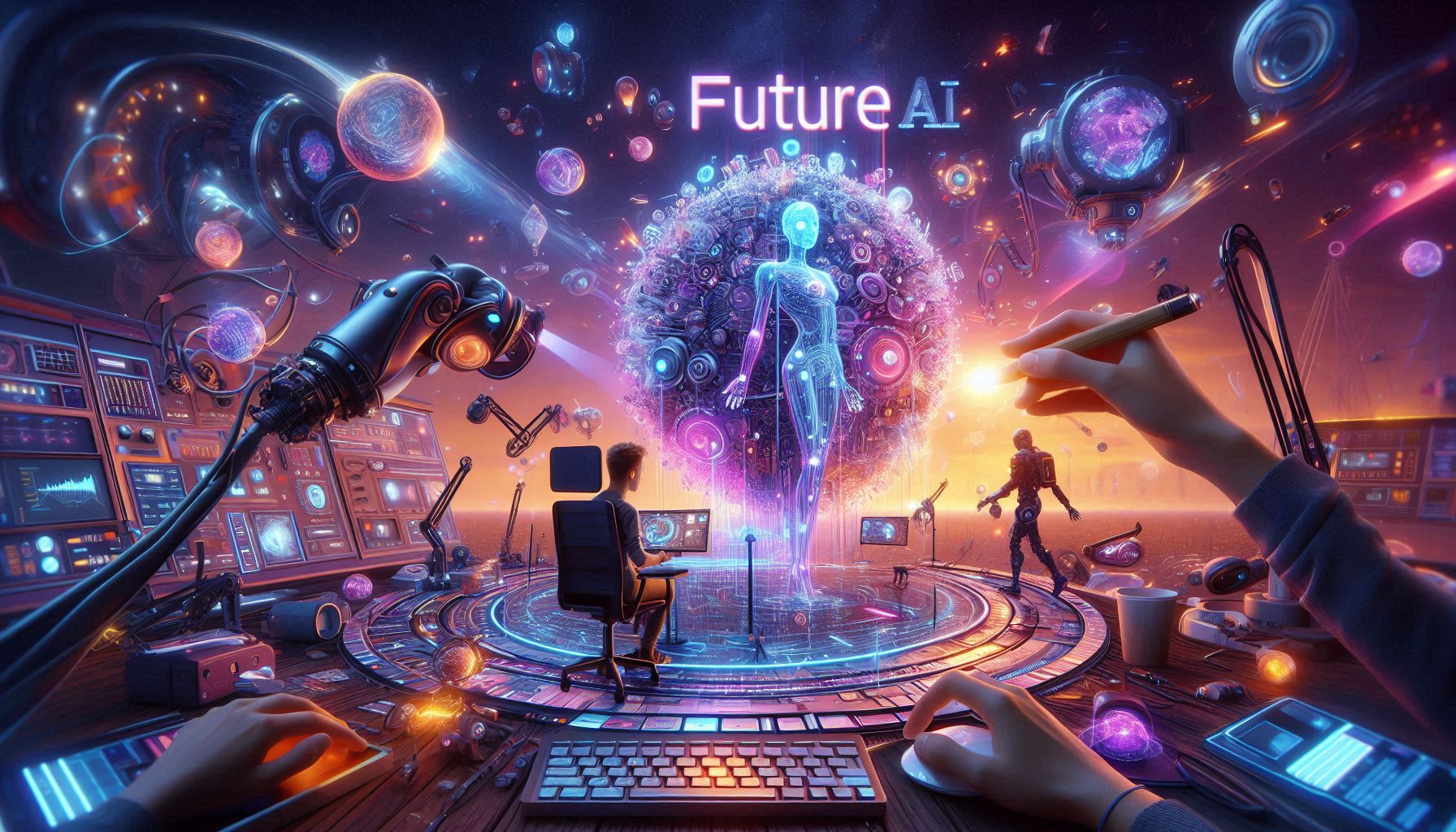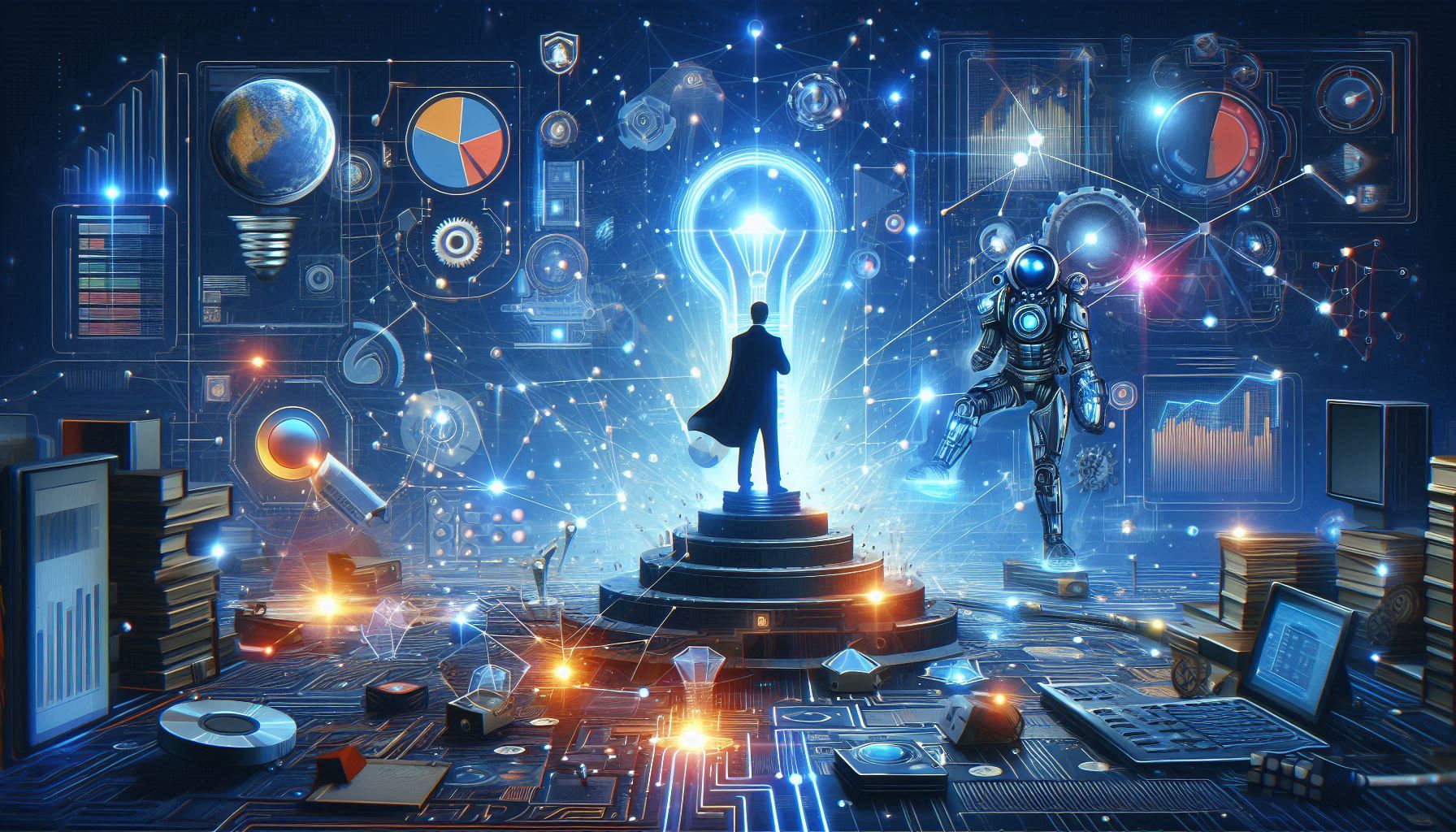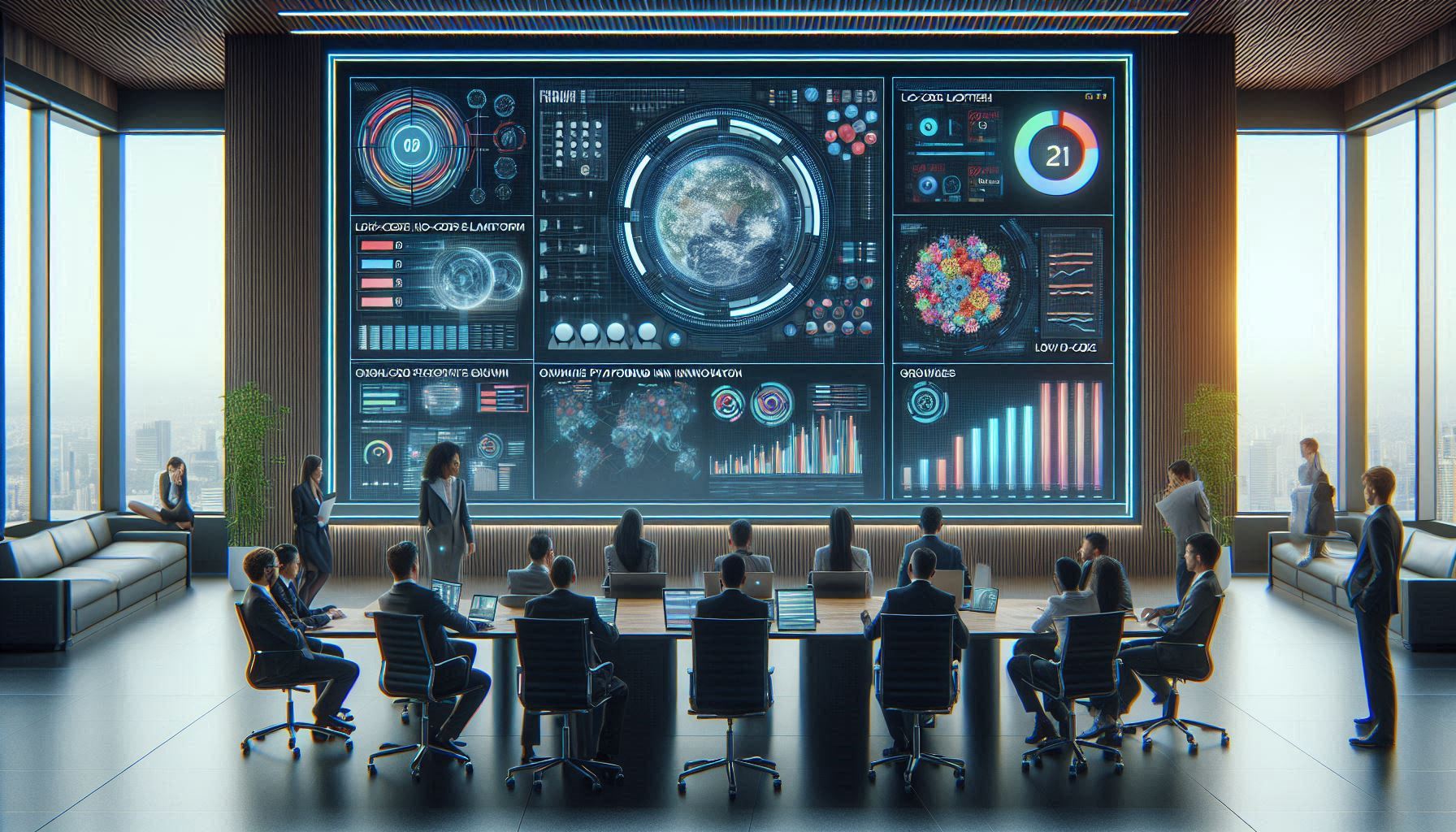Multimedia Trends 2025: The Future of Digital Innovation
The multimedia landscape is evolving rapidly, driven by technological advancements and creative innovations. As we enter 2025, digital creators, designers, and developers must stay ahead of emerging trends to deliver immersive and engaging content. From AI-generated art to interactive experiences, this year promises groundbreaking changes that redefine multimedia.
AI-Driven Creativity and Automation
The Rise of Generative AI in Multimedia
Generative AI allows creators to produce unique, high-quality content in seconds. Whether it’s designing graphics, composing music, or generating video effects, AI-powered tools enhance efficiency without compromising artistic integrity.
AI Video and Image Editing
AI-enhanced editing software, such as Photoshop’s generative fill and AI-powered video upscaling tools, are reshaping post-production workflows. These technologies simplify editing, making professional-quality multimedia accessible to more creators.
Immersive Experiences with AR, VR, and the Metaverse
AR and VR in Digital Art and Marketing
Brands and artists leverage AR and VR to create interactive installations, virtual showrooms, and immersive brand experiences. With AR filters and VR worlds becoming mainstream, businesses are rethinking how they connect with audiences.
The Metaverse and 3D Content Creation
With platforms like Meta Horizon and Decentraland gaining traction, 3D content creation is more relevant than ever. Designers are now focusing on building hyper-realistic environments, avatars, and virtual experiences.
Motion Graphics and Interactive Animation
Web-Based Animation and Microinteractions
Modern web design incorporates subtle animations, hover effects, and interactive elements to improve user experience. Tools like LottieFiles and Rive enable developers to integrate lightweight animations seamlessly.
AI-Generated and Real-Time Animations
AI-powered animation software can now generate real-time animations based on user interactions, making multimedia content more engaging and personalized.
Sustainable and Ethical Multimedia Design
Green Hosting and Low-Impact Design
Using energy-efficient web hosting and optimizing multimedia files for low-bandwidth consumption helps reduce the carbon footprint of digital content.
Inclusive and Ethical Design Practices
Accessibility-first design ensures that multimedia content is available to all users, regardless of disabilities. Ethical AI use in content creation also remains a key discussion point in 2025.
Conclusion
The multimedia industry is undergoing a transformative shift in 2025. AI-driven creativity, immersive experiences, interactive animations, and ethical design are shaping the future of digital content. By staying ahead of these trends, creators can develop compelling, innovative, and responsible multimedia experiences.






